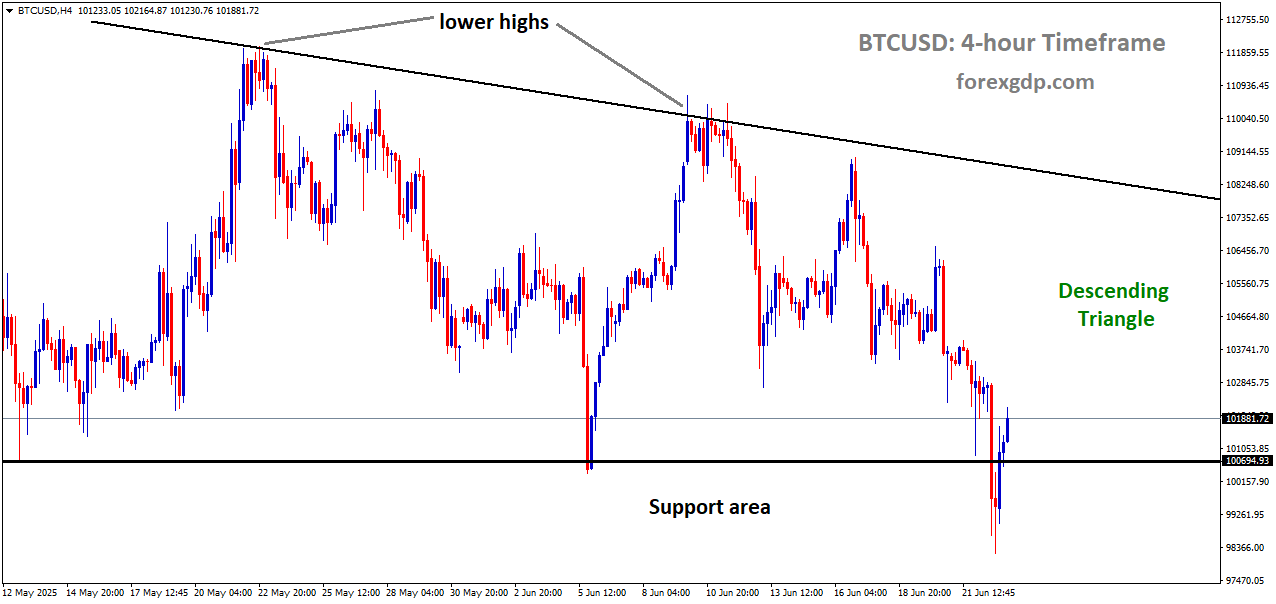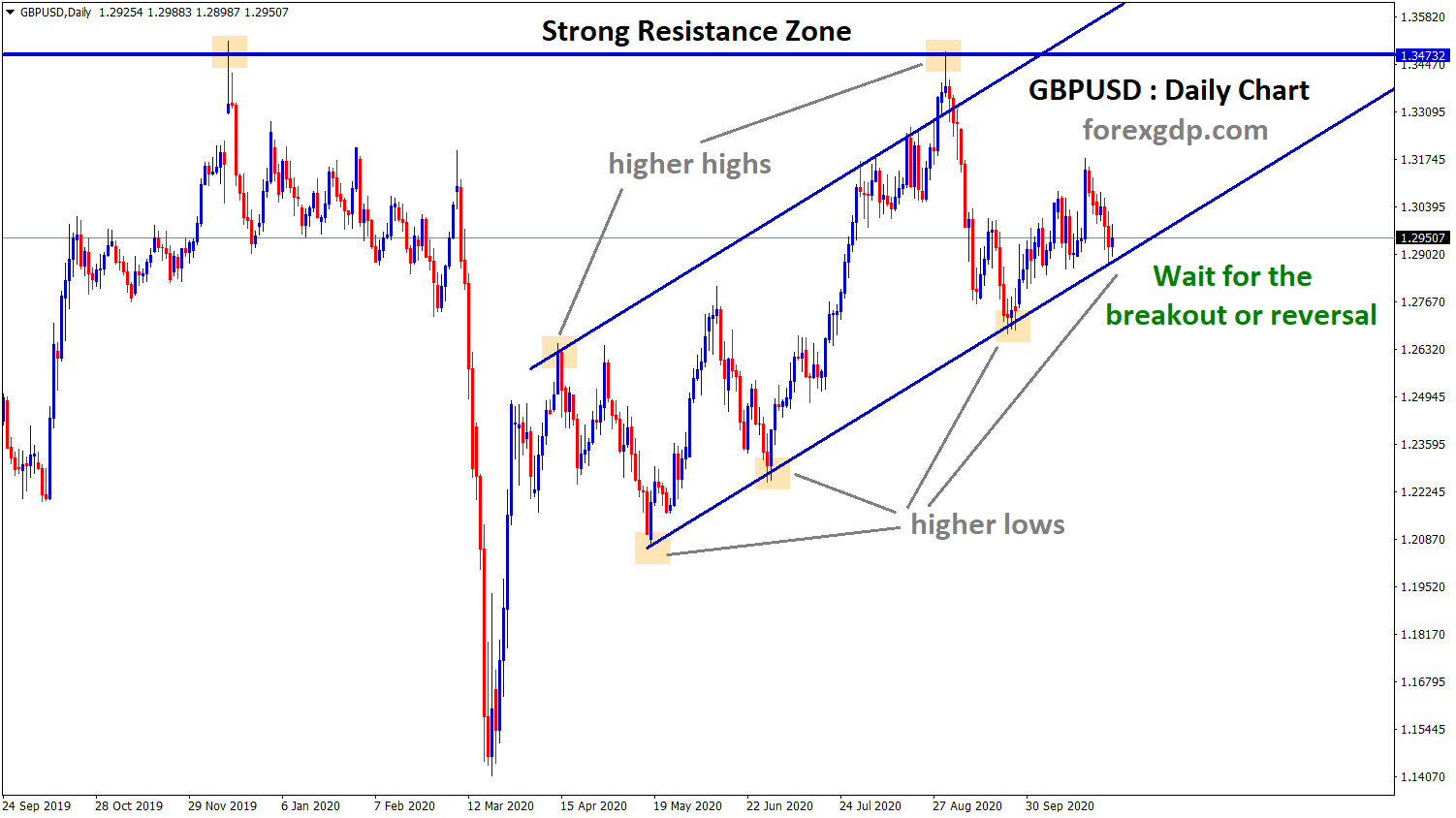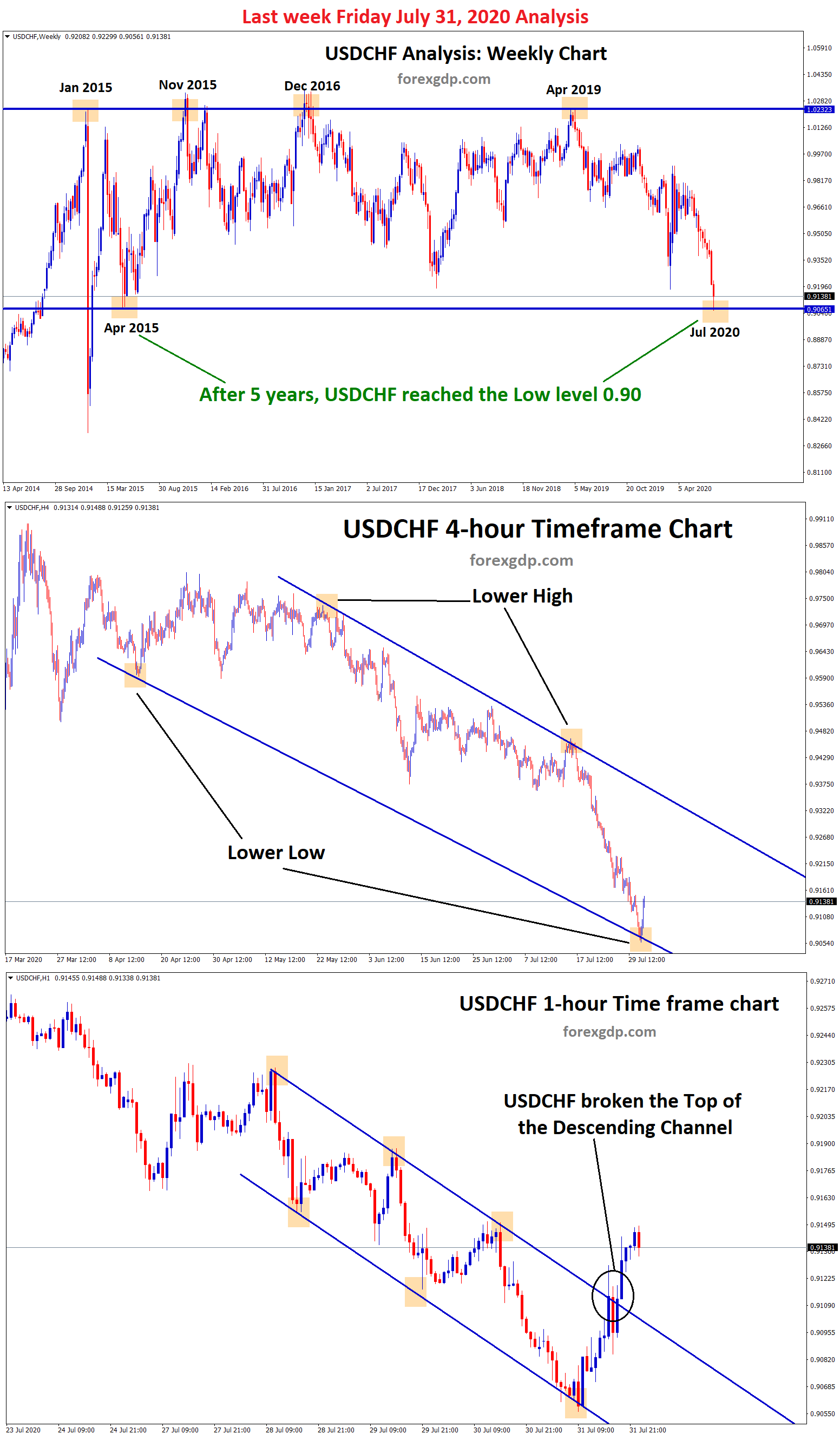The deadline for a new trade agreement between the United States and Canada came and went, and… well, not much happened. Both countries are still at the table, but no deal has been signed. If you’ve been wondering what’s holding it all up and what it could mean for everyday folks and businesses, you’re not alone. Let’s break it down in plain, easy-to-digest terms.
For the past six months, the US and Canada have been caught in a trade war marked by hefty tariffs, tense meetings, and, frankly, a lot of frustration on both sides. While leaders from both countries had originally aimed for a quick and clean resolution, recent events suggest they’re far from reaching that finish line.
President Donald Trump and Canadian Prime Minister Mark Carney aren’t exactly in sync. Their public statements hint at low expectations for a quick deal, and recent tensions — like Canada recognizing a Palestinian state — have only made matters worse. That move in particular didn’t sit well with Trump and dashed any hopes of last-minute agreement just before the deadline.
What’s the Real Hold-Up? It’s Complicated
Negotiations between Canada and the US are still happening behind the scenes, but the tone has changed. Instead of rushing to close a deal just for the sake of getting it done, Canadian officials are now focused on getting the right deal — one that works for the long-term.
According to experts like Professor Fen Hampson, Canadian negotiators are more concerned about quality than speed. They’re not just looking to check off a box; they want terms that genuinely benefit the country.
Even Prime Minister Carney has been clear that he’s not interested in signing “just any deal.” He wants something that makes economic sense, and that takes time — especially when the stakes are this high.
Still, the pressure is real. Business owners on both sides of the border are tired of playing the waiting game. Industries that depend heavily on cross-border trade — like steel, aluminum, and auto manufacturing — are feeling the pinch. With tariffs adding up and uncertainty clouding investment plans, everyone’s hoping for a breakthrough.
Tariffs, Tensions, and Trade Tactics
The US Justification: Fentanyl and Security
The US government says it’s imposing these tariffs to address bigger issues — like the fight against illegal drugs. Trump’s administration has claimed that Canada hasn’t done enough to stop the flow of fentanyl into the US. But Canada argues that its contribution to the problem is minimal and has taken steps like appointing a “fentanyl czar” and boosting border security.
So, is this really about drugs, or is it about flexing trade power? Opinions vary. Some argue it’s just another way for the US to squeeze concessions out of Canada on unrelated issues, like defense spending or digital taxes.
Canada Isn’t Sitting Back
Canada hasn’t taken all this lying down. The government has imposed counter-tariffs worth over C$60 billion on US goods, making it one of the few countries — along with China — to fight back directly. This move was meant to show strength, but it hasn’t exactly turned the tide.
Some Canadian leaders are starting to wonder if this tit-for-tat approach is actually effective. British Columbia Premier David Eby has openly said that the impact of retaliation hasn’t been as powerful as they’d hoped. The risk is that the US has what experts call “escalation dominance” — meaning they can always turn up the heat more than Canada can handle.
There’s Still Some Wiggle Room
Even though the headlines sound dramatic, things aren’t quite as bleak as they seem. Thanks to a previously negotiated trade agreement known as CUSMA (or USMCA in the States), many Canadian goods are still crossing the border without extra fees — as long as businesses jump through the right paperwork hoops.
About 90% of Canadian exports to the US are already eligible for duty-free entry under this agreement. That’s a huge advantage and gives Canada more room to breathe compared to countries like South Korea, Japan, or members of the EU, who often face higher trade barriers with the US.
The Canadian government has also stepped in with relief programs for industries hit hardest by tariffs. And on top of that, the country has actually increased its revenue from import duties compared to last year, which helps cushion the blow.
Public Sentiment and Political Strategy
Here’s where it gets interesting. Despite all the noise, Canadian citizens seem pretty understanding about the delay. Opinion polls suggest that most people are okay with the prime minister taking his time — as long as the final deal protects Canada’s economy.
Former Liberal MP Martha Hall Findlay summed it up well: doing the smart thing economically could also be the politically smart move. In other words, Canadians might reward patience at the polls if it leads to a solid deal.
Meanwhile, Trump’s strategy appears to be aimed at pressuring other countries to play by US rules — whether through tariffs, policy demands, or public shaming. For example, Canada recently increased defense spending and dropped a digital tax unpopular with American tech firms, seemingly to smooth things over.
Looking Ahead: What’s Next for Trade Talks?
Negotiators haven’t packed up and gone home — far from it. Talks are still ongoing, and Canada’s trade minister recently described them as “constructive and cordial.” There’s cautious optimism that a workable deal could still happen in the near future.
US Treasury Secretary Scott Bessent has hinted that some of the painful tariffs — especially on steel and aluminum — could be lifted if talks go well. That would be a huge win for both Canadian exporters and US manufacturers who rely on those materials.
On the flip side, Trump is still bringing up long-standing complaints, like Canada’s protective dairy policies. If talks collapse, Canada has said more countermeasures could be on the table, though officials are wary of how effective those might actually be.
One interesting trend to watch? Canadian businesses aren’t waiting around. Many have already started to diversify — finding new suppliers outside the US and building relationships with different buyers. This move could make Canada less dependent on US trade in the long run, which might actually make the country stronger and more flexible in future negotiations.
Final Summary
So where do we stand? The US and Canada are still very much in negotiations, but the path forward is anything but clear-cut. Tariffs are still biting, especially in key industries. Both governments are under pressure — from businesses, voters, and global partners — to hammer out a deal that brings stability back into the picture.
While the situation remains fluid, it’s clear that Canada isn’t rushing into anything just to meet a headline deadline. And that might be a good thing. Taking the time to secure a strong, fair agreement could be what keeps the Canadian economy resilient, even in the face of growing global uncertainty.
For now, all eyes are on the next round of talks — and on whether political will and economic pressure will finally turn all this tension into something tangible. One thing’s for sure: this trade story is far from over.







